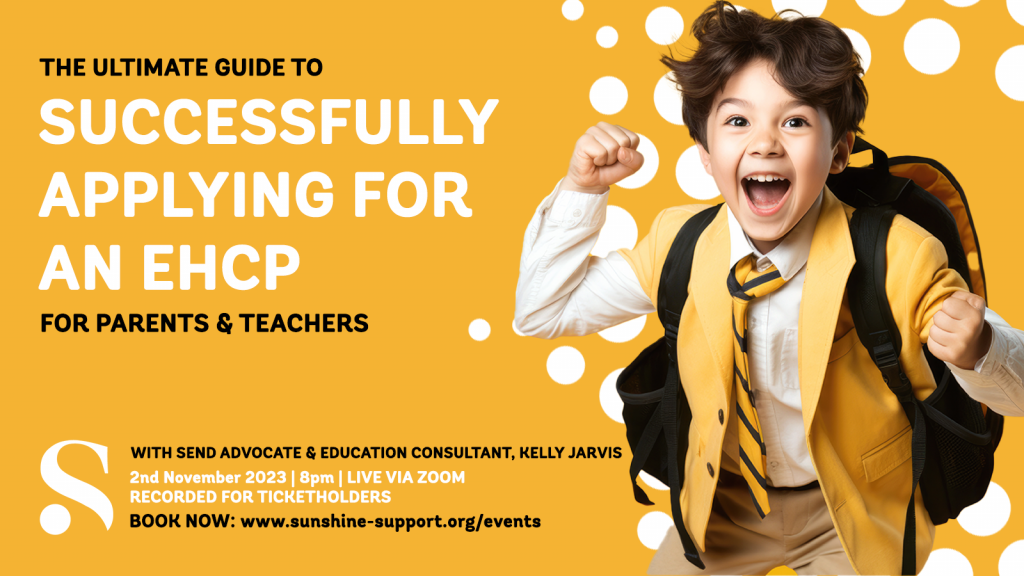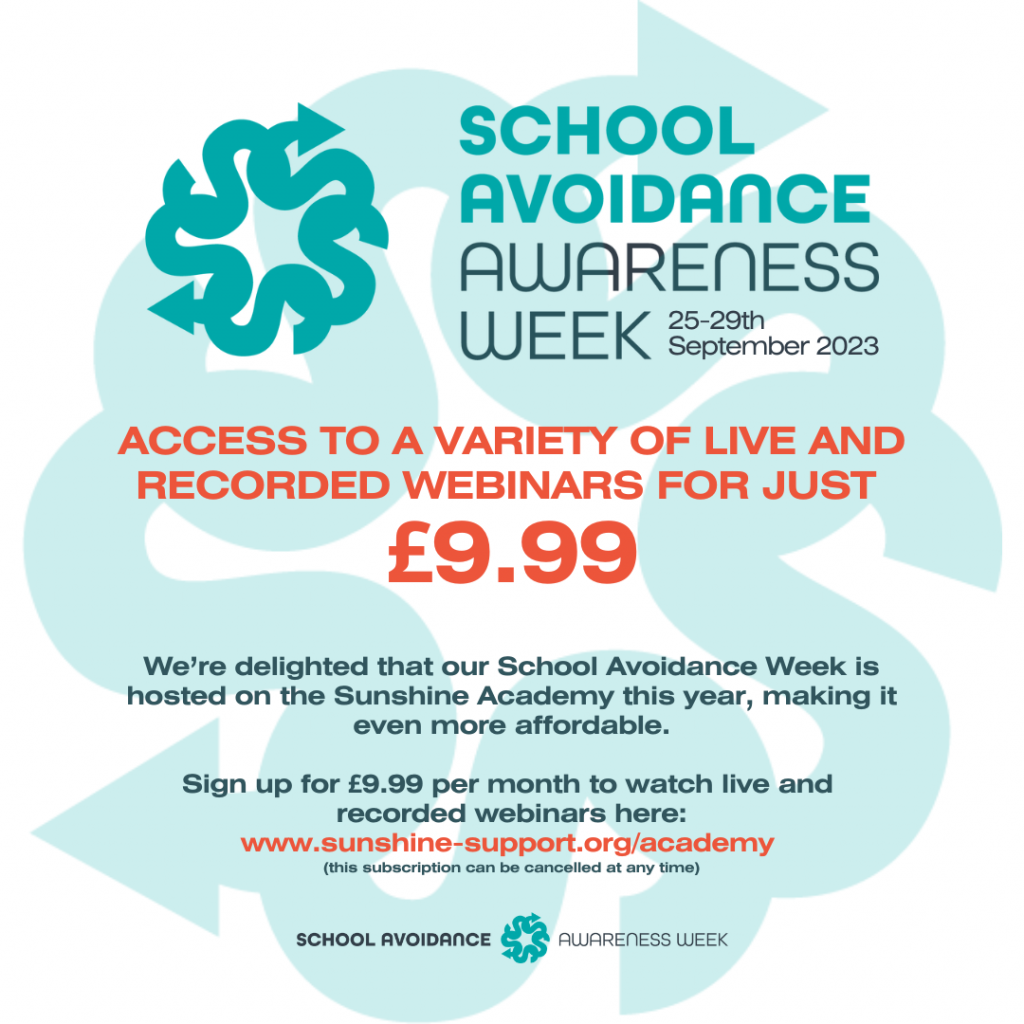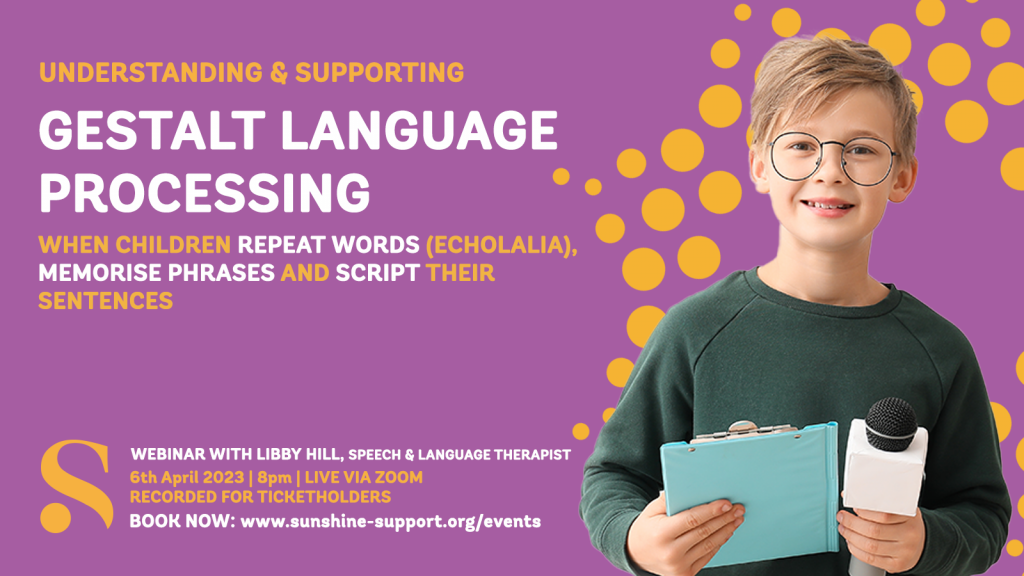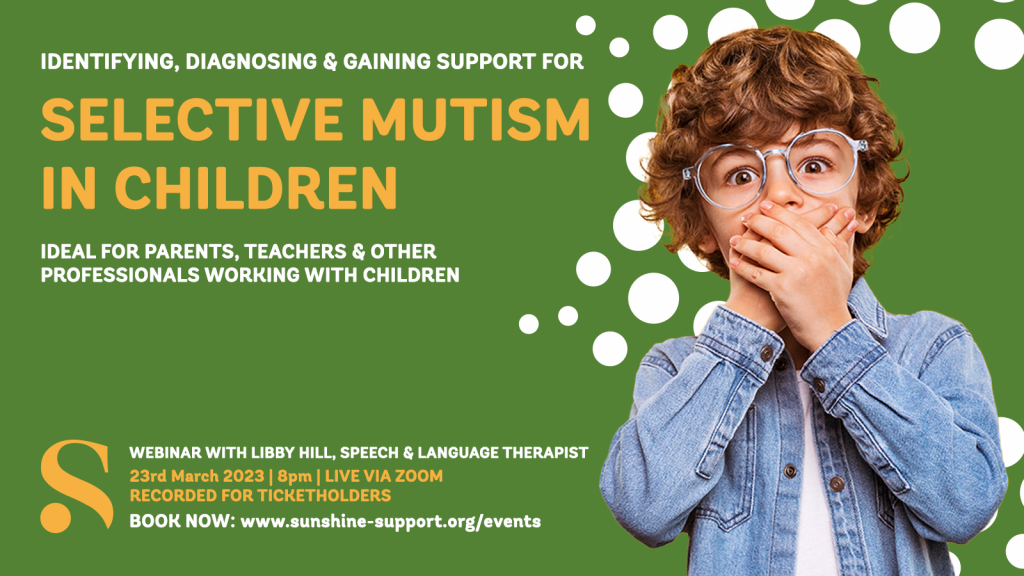
Nearly half of all mainstream classes are now thought to have some form of special educational needs. How fantastic is it that we are now recognising these things? Sadly though, our teaching methods are not keeping up with the speed of the research into child development.
We’re going to explore a wonderful way of working that can help enhance your teaching approach and provide every child with an equal opportunity to learn: visual communication methods.
Imagine a classroom where every student’s unique way of understanding is not only acknowledged, but celebrated. Visual communication methods are a brilliant way to achieve just that. From printed visuals to sign language and Makaton, these methods offer a spectrum of possibilities that benefit not only those with communication differences or special educational needs but every single child in your class.
1. Sign Language: A Universal Language of Connection
Sign language isn’t just about bridging the communication gap for those with hearing impairments. It’s a profound way to connect, engage, and express. Incorporating sign language into your classroom can enrich learning experiences and create a stronger sense of community. Imagine the joy on a child’s face when they’re able to share their thoughts through gestures that are understood by everyone around them.

2. Makaton: Empowering Communication
Makaton, a system of communication that combines speech, signs, and symbols, opens a door to effective communication for children with varying abilities. By integrating Makaton into your teaching, you’re empowering students to express themselves more clearly and fostering a supportive environment where every child can engage meaningfully.
3. Visual Aids: Unlocking Learning Potential
Visual aids are a powerful tool for enhancing comprehension and engagement. From colorful diagrams to interactive presentations, visual aids cater to different learning styles, making complex concepts easier to grasp. Visual cues also help students retain information better and encourage active participation in discussions. Widget Software is great for this but there are lots of other ways of communication visually too!

4. Inclusive Learning for All
Here’s the heart of the matter: the benefits of these visual communication methods extend far beyond those with special educational needs. In today’s diverse classrooms, where every child’s differences should be acknowledged and celebrated, using a wide range of communication methods benefits everyone. It promotes empathy, understanding, and a sense of unity among students.
5. A Call to Action: Embrace Diversity in Teaching
With studies suggesting that approximately half of a class of 30 students might have some form of special educational needs, it’s crucial for educators to diversify their teaching methods. By embracing visual communication techniques, you’re not only adapting to the needs of your students but also creating a richer and more inclusive learning environment for all.
As you continue your journey as a dedicated educator, I’d like to recommend a fantastic opportunity to delve deeper into the world of visual communication in the classroom. Mark your calendars for our upcoming webinar on “The Use of Visuals in the Classroom” on September 12th.
This insightful session promises to equip you with practical strategies and insights that can transform your teaching and inspire your students.
In conclusion, your unwavering commitment, as an educator, to the growth and success of your students is truly awe-inspiring. By embracing visual communication methods, you’re opening doors to a more inclusive, engaging, and effective classroom. Remember, you are shaping the future, one lesson at a time.







